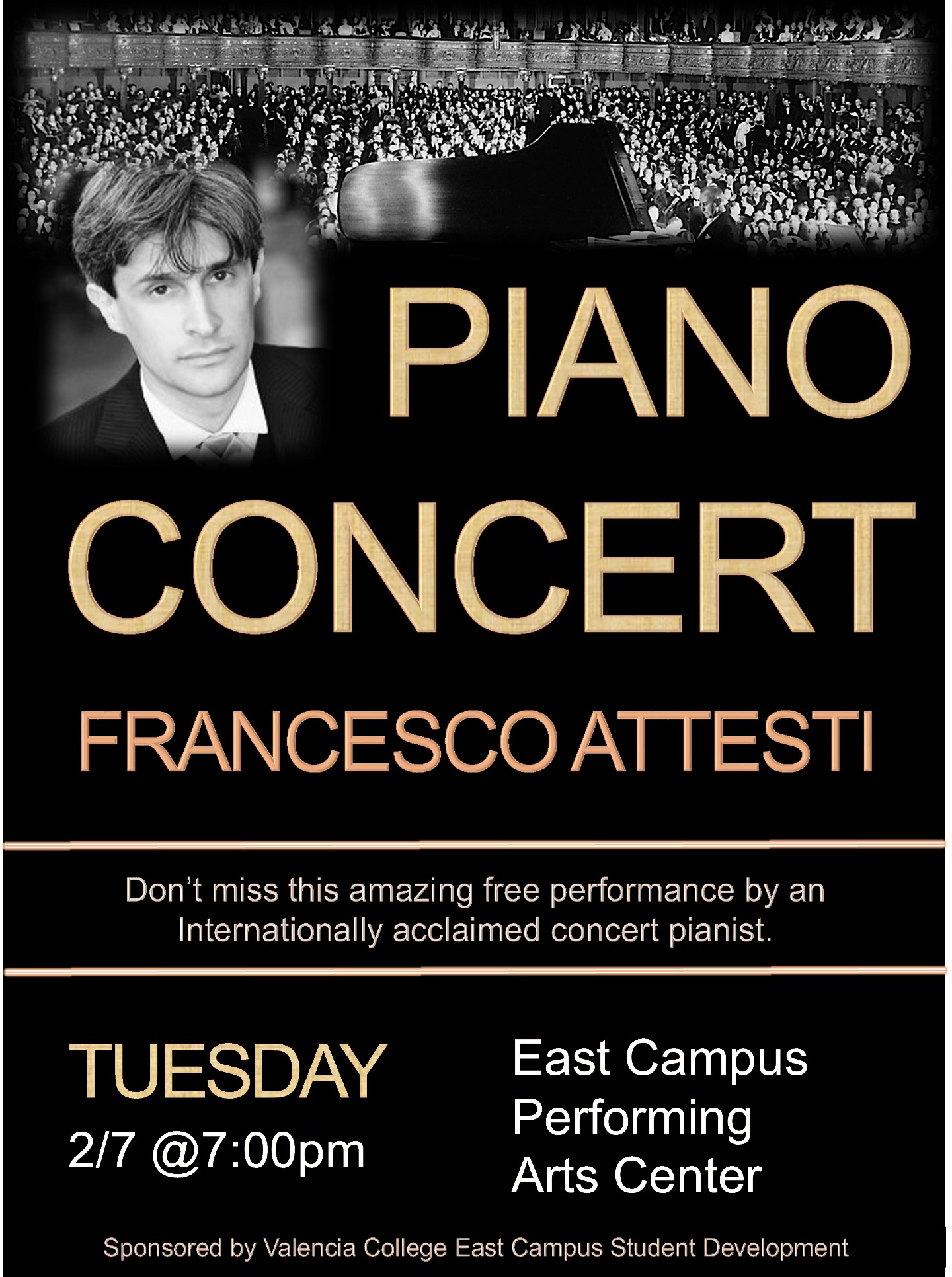Academic Resources:
Performance Program
Mazurka Op. 17 n. 4 in A minor J. Brahms (1833 - 1897): Intermezzo Op. 118 n. 2 in A major Rhapsody Op. 79 n. 1 in B minor Intermission E. Satie (1866 1925): Gnossienne N. 1 G. Gershwin (1898 1937): 3 Preludes - Allegro ben ritmato e deciso - Andante con moto - Agitato A. Piazzolla (1921 1992): Invierno porteo Verano porteo |
Characteristics of Romantic Era Music: Emotion & Dynamic Contrast
Characteristics of Romantic Era Music: Emotion & Dynamic Contrast
This website includes videos connecting Romantic music to Romantic art, as well as videos explaining the characteristics of Romantic music.
Nineteenth-Century Classical Music
Nineteenth-Century Classical MusicFrom the Heilbrunn Timeline of Art History:
"The nineteenth century brought great upheaval to Western societies. Democratic ideals and the Industrial Revolution swept through Europe and changed the daily lives of citizens at all levels. Struggles between the old world order and the new were the root causes of conflicts from the Napoleonic Wars to the American Civil War. From New York, to London, to Vienna, the world was changing and the consequences can still be felt to this day.
The lives of musicians, composers, and makers of musical instruments were greatly altered by these social changes. In earlier times, musicians were usually employed by either the church or the court and were merely servants to aristocratic circles. Composers wrote music for performances in these venues, and musical instrument makers produced instruments to be played by wealthy patrons or their servant musicians. With the rise of the middle class, more people wanted access to music performances and music education.
A new artistic aesthetic, Romanticism, replaced the ideals of order, symmetry, and form espoused by the classicists of the late eighteenth century. Romantics valued the natural world, idealized the life of the common man, rebelled against social conventions, and stressed the importance of the emotional in art. In music, Romanticism, along with new opportunities for earning a livelihood as a musician or composer, produced two seemingly opposite venues as the primary places for musical activitythe large theater and the parlor."
Jayson Kerr Dobney
Department of Musical Instruments, The Metropolitan Museum of Art
October 2004
Concert Etiquette and the Enjoyment of Music
To assure the upmost enjoyment of this program by everyone present, please familiarize yourself with certain elements of protocol that are important in a concert of classical music. You, as a member of the audience, play a significant role in the quality of the experience; therefore, to assure a wonderful evening for everyone, please be mindful of the following points of conduct:
- A live performance of classical music is a special occasion. Your attire should reflect the dignity of the occasion.
- Please arrive before the posted concert time. This will give you time to find a good seat and to read the program in advance. It is important that everyone be seated before the concert begins. Late-comers must wait until there is a pause in the program to be seated.
- Please avoid doing anything that creates noise or distracts during the performance, including talking, whispering, eating, unwrapping candy, or cell-phone usage.
- Babies and young children are generally unhappy to be at classical concerts. Should your young child express his/her unhappiness, please exit the Performing Arts Center immediately and quietly.
- Other than circumstances such as the above, please do not leave the Performing Arts Center until intermission and the end of the program. Entering and exiting the Performing Arts Center during the program is extremely disturbing to the performer and the audience.
- Generally, the applause comes after each section of the program, not necessarily each piece. If in doubt, wait.
- Do not photograph or record any part of the program.
- Take a break from the world and be fully present. Turn off cell-phones and any electronic device. Completely. Texting, checking e-mail and social media, etc. is distracting, disturbing, and rude.
- Do not leave until the concert is over, the performer has taken his bows, and the applause has ended.
